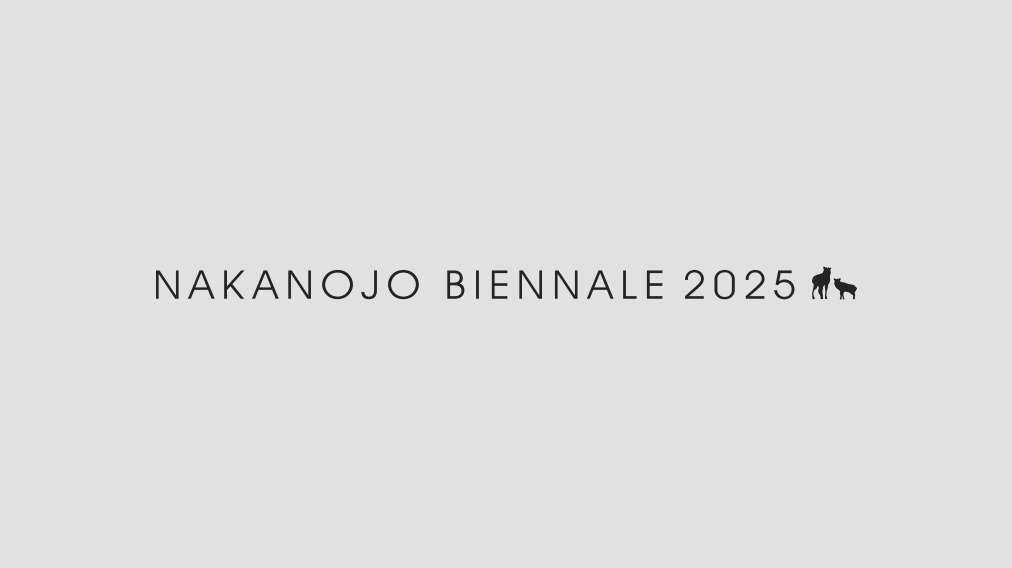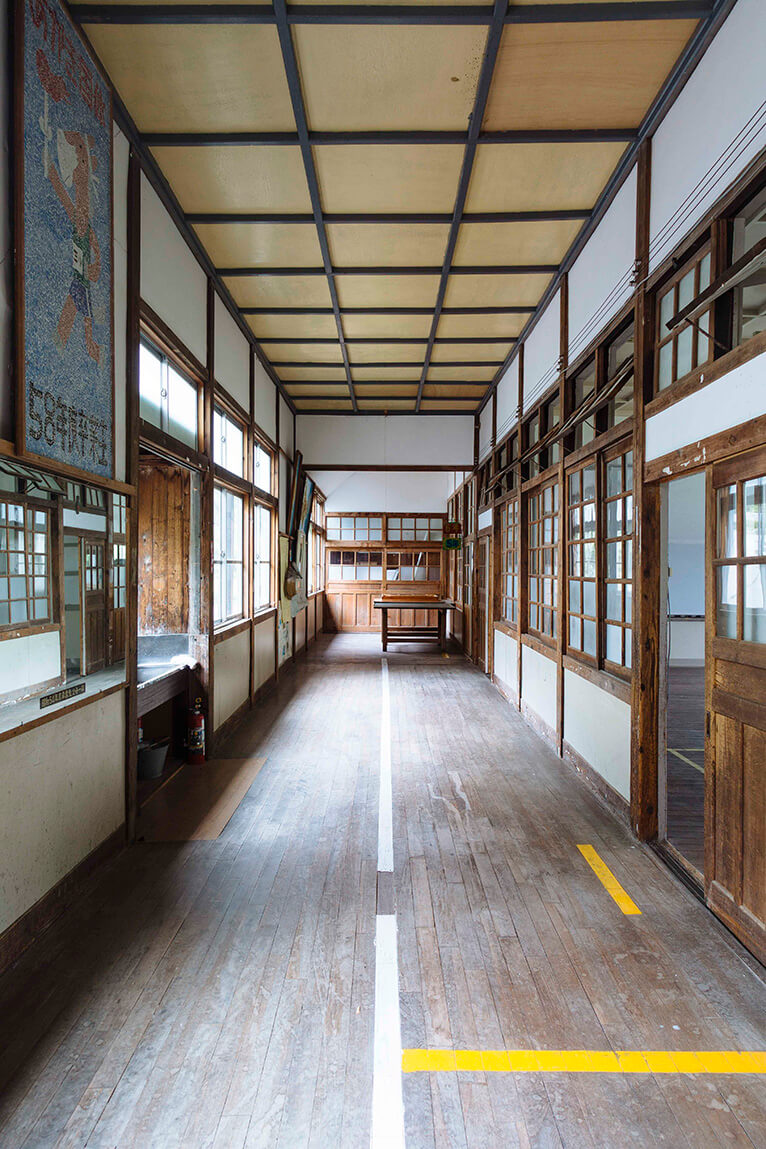あ わ い A Wa I
幼児の日常は泥土と非土によって象徴化される。泥土は相互作用しつつ常に循環する生命そのものであり、幼児と共鳴し続ける。非土は泥土の持つ生の律動と相反するが、それ自体が現代の土であり現代社会の規範そのものである。泥土の生命性と非土の規範性は見せかけの共存を果たしているが、幼児の行為により逸脱されそのあわいを顕在化させる。この交錯は、生命と規範のレンズを通して見渡す3D眼鏡の視座から立ち上がるかりそめの立像であり、日常に隠れた美しさと深遠さを与える。そこにあるのは幼児の世界に広がる永遠の啓示そのものである。
The daily life of a young child is shaped by the dialectic between Hido and Deido. Deido signifies life itself—ceaselessly circulating, inherently relational, and attuned to the child’s being. Hido, by contrast, resists this vital rhythm; yet it forms the very “ground” of the contemporary world, embodying the normative structures that define modern society. Though the vitality of Deido and the normative force of Hido appear to coexist in equilibrium, this apparent harmony is but a veneer. It is through the child’s instinctively transgressive gestures that the latent space between life and norm is revealed. This dynamic manifests as a fleeting statue—an ephemeral formation glimpsed through the stereoscopic vision of vitality and constraint.
- エリア : AREA : 伊参Isama
- 会場 : VENUE : イサマムラ(旧伊参小学校)Isamamura











